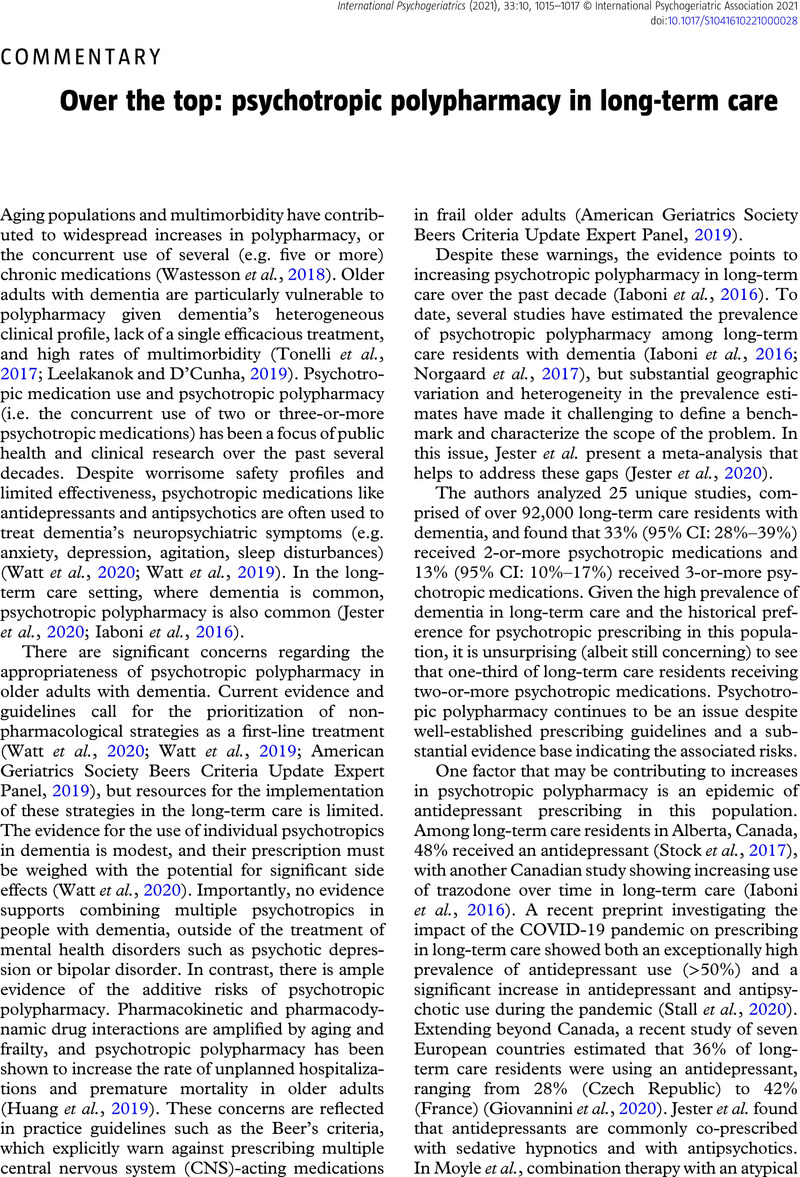Crossref Citations
This article has been cited by the following publications. This list is generated based on data provided by Crossref.
Shah, Manan J.
2024.
Advancing the understanding of ECT in dementia: A critical examination of current evidence. A commentary on “Electroconvulsive therapy in individuals with dementia presenting with behavioral symptoms: A systematic review” by Bachu et al..
International Psychogeriatrics,
p.
100026.



